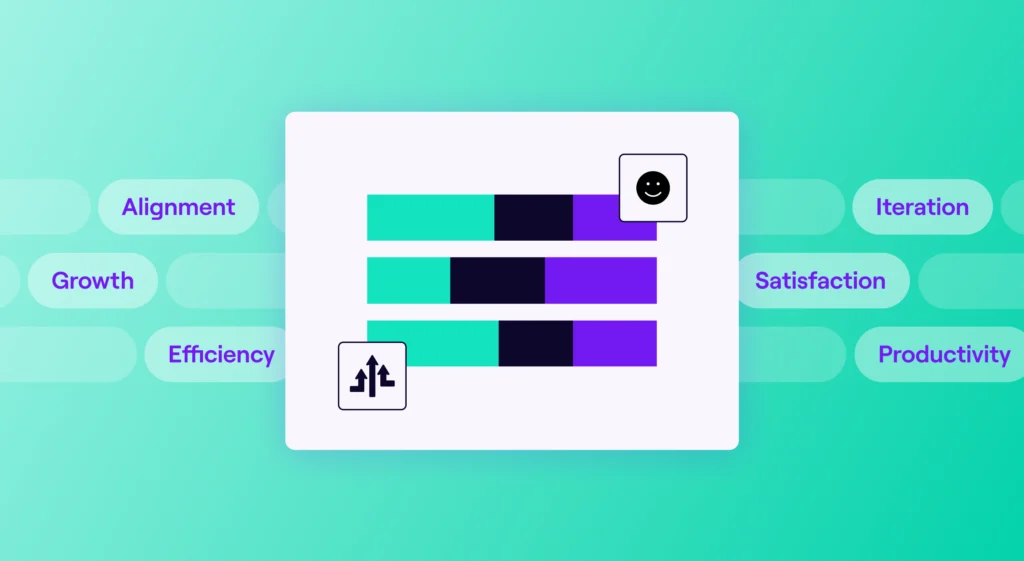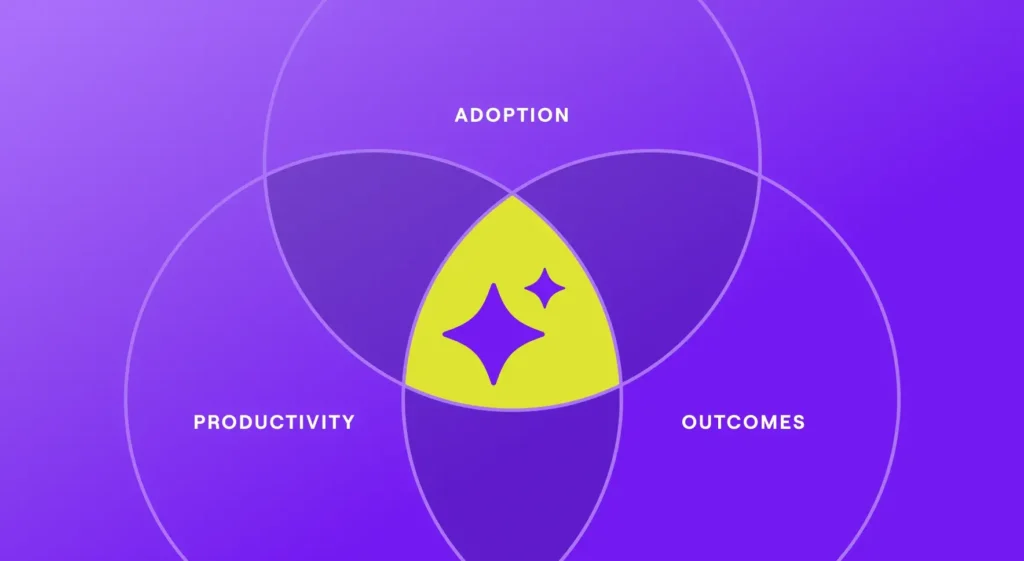What is CI/CD?
CI/CD stands for Continuous Integration and Continuous Delivery/Continuous Deployment. It is a software practice used to facilitate rapid and efficient code deployment, emphasizing collaboration between development and operations teams.
- Continuous Integration (CI) refers to the process of frequently merging newly developed code with the main repository or branch. The goal is to minimize integration errors by addressing potential conflicts as soon as they arise. To make this possible, developers employ automation tools that automatically build and test each change submitted to the repository. This helps identify issues early on in the development cycle so they can be rectified before deployment.
Continuous Delivery (CD) and Continuous Deployment (CD) are both practices in the field of software development that aim to improve the software development and release process. They are often used interchangeably when referring to CI/CD, but they are actually separate steps of the process. While they share some similarities, they have distinct differences:
- Continuous Delivery (CD) is a software development practice where code changes are automatically built, tested, and prepared for release. The primary goal of CD is to ensure that any code changes made to the application can be deployed to production at any time with minimal manual intervention.
- Continuous Deployment (CD) takes automation to the next level. In Continuous Deployment, every code change that passes automated testing is automatically deployed to production without manual intervention. This practice aims to deliver new features and fixes to end-users as quickly as possible.
The concept of CI/CD has gained traction among DevOps practitioners due to its emphasis on collaboration between cross-functional teams involved in software delivery. By streamlining communication channels between developers, testers, security teams, and operations personnel, CI/CD fosters a culture of shared responsibility for delivering high-quality software at scale.
Key Elements In Implementing CI/CD Approaches
One critical aspect of implementing successful CI/CD approaches lies in leveraging automation tools designed specifically for this purpose. Such tools help automate tasks such as building applications from source code repositories, running automated tests against these builds, monitoring application performance in real-time environments, and ultimately deploying updates when deemed stable enough for release. Some popular CI/CD tools include Jenkins, Bamboo, CircleCI, Travis CI, and GitLab CI/CD.
Another essential element of CI/CD involves embracing a microservices architecture. Microservices are small, independent components that work together to form an entire application. By breaking down monolithic applications into smaller services, developers can more quickly iterate on individual components without disrupting the system as a whole. Furthermore, this approach facilitates automated testing and deployment since each service can be tested and deployed independently.
What is a CI/CD Pipeline?
A CI/CD pipeline is an innovative approach to the software development process that ensures rapid delivery of high-quality software. As technology advances and evolves, so does the demand for efficient production systems to cater to businesses’ needs. The CI/CD pipeline caters to this demand by providing a streamlined process that minimizes errors and maximizes efficiency.
At its core, the CI/CD pipeline can be defined as an automated sequence of processes involved in software development. This includes building, testing, deploying code changes, and incorporating them into a live application without downtime or disruption.
This approach enables developers to identify issues early in the development cycle, leading to shorter feedback loops and accelerated resolution times for bugs and errors.
As outlined above, continuous integration focuses on integrating code changes from multiple developers into a shared repository as frequently as possible. This not only ensures smooth collaboration amongst team members but also diminishes the chances of conflicts arising due to simultaneous changes in different parts of an application. On the other hand, continuous delivery/continuous deployment automates the release process by deploying every change made in the codebase as soon as it passes all necessary tests. Consequently, this eliminates manual intervention during deployment while simultaneously ensuring fast delivery cycles.
As organizations adopt CI/CD pipelines into their workflow models, they gradually observe improvements in various areas, such as reduced time-to-market for new features or products and enhanced overall reliability of applications.
These improvements can be quantified through tracking continuous integration metrics – key performance indicators that help assess whether teams are meeting their objectives concerning efficiency, effectiveness, and overall quality.
Businesses can employ several continuous integration metrics to gauge their software development pipeline’s success. Some essential metrics include:
- Lead Time: This is the time it takes for a code change to be committed into the repository and successfully deployed in the production environment. Shorter lead times indicate an efficient CI/CD pipeline.
- Deployment Frequency: This metric measures how often new releases are deployed to production. An increased deployment frequency indicates an effective CI/CD process and an organization’s ability to respond quickly to market demands.
- Change Failure Rate: This represents the percentage of deployments that result in failures or bugs that require immediate attention or rollback. A lower change failure rate signifies a higher quality of code being released and a well-functioning CI/CD pipeline.
- Mean Time To Recovery (MTTR): MTTR calculates the average time it takes to recover from a failure or defect in the system. A shorter MTTR indicates that teams can quickly address problems within their application, thereby reducing downtime and enhancing customer satisfaction.
- Test Coverage: This metric measures the percentage of code covered by automated tests. A higher test coverage indicates better quality control and reduces the likelihood of errors or bugs entering the production environment.
CI/CD Benefits and Best Practices
CI/CD has revolutionized how developers manage their code, test it, and deploy it to production environments.
There are many benefits of CI/CD, all of which ultimately contribute to the development of more reliable applications, including:
Swift Software Release Cycles
One of the main advantages of adopting a robust CI/CD pipeline is its ability to streamline the software release cycle. This approach allows for faster releases by automating stages like build, test, and deployment phases. The automation minimizes the chances of human error while making it easier to identify potential issues early in the development lifecycle. As a result, companies can respond quickly to customer feedback, deliver new features faster than before, and stay ahead of their competition.
Enhanced Stability
Software stability is another significant benefit offered by implementing CI/CD practices. By continuously integrating changes into the codebase and deploying them as soon as they pass automated tests, developers can ensure that their applications remain stable even when multiple updates are being pushed simultaneously.
Reduced Errors
Frequent integration makes detecting conflicts or bugs earlier in the process easier when they are less complex to resolve. This proactive approach can help reduce errors and avoid costly downtime resulting from unforeseen issues arising from untested code changes. Adopting frequent integration can also lead to more stable and reliable software, allowing for continuous testing and feedback and ensuring that the codebase is always in a deployable state.
Best Practices for Implementing CI/CD
When implementing CI/CD it’s important to follow some established best practices, including:
Using a CI/CD tool
Choosing an appropriate CI/CD tool is essential for maximizing these benefits in any organization’s development processes. Various factors must be considered when selecting a suitable CI/CD pipeline tool, including:
- Compatibility with existing systems and infrastructure
- Ease-of-use
- Scalability to accommodate future growth
Some popular choices among CI/CD tools available today are Jenkins – an open-source platform known for its flexibility and extensibility – and GitLab CI – a part of the GitLab platform that provides native support for Git repositories.
Both tools offer comprehensive features and can be customized to suit specific organizational needs. Organizations must conduct thorough research and consider reviews.
Maintaining a Single Source Repository
A central repository containing all project code, assets, and dependencies ensures consistency across the development process and minimizes confusion or discrepancies among team members. Moreover, having a single source repository makes tracking and managing code changes easier, which is especially important when working with large and complex applications.
Automating Tests
Another essential practice for CI/CD is automating tests at different stages of the pipeline. By automating tests, software teams can catch bugs early in the cycle and reduce the time spent on bug fixing by identifying issues before they become larger problems. This proactive approach helps improve the code’s quality and contributes to faster software release cycles.
Optimizing Build and Deployment Processes
Software teams can accelerate completion times by optimizing build and deployment processes through parallelization or caching, contributing to faster software release cycles. This not only helps improve the speed of delivery but also allows teams to iterate more quickly and respond to customer feedback in a timely, efficient manner.
Embrace CI/CD Approaches Today
As organizations strive to keep up with the fast-paced digital landscape, optimizing build and deployment processes are crucial to achieving faster software release cycles. One effective way to achieve this is by adopting CI/CD approaches, which can significantly improve release times, application quality, and overall productivity. To fully reap the benefits of CI/CD, it’s important to choose a suitable pipeline tool and follow essential guidelines like maintaining a single source repository and automating tests at multiple stages. This not only helps to deliver high-quality applications that meet customer needs but also allows teams to iterate more quickly and respond to customer feedback in a timely manner.
However, it’s not enough to implement CI/CD approaches alone. Organizations should also consider monitoring its impact using innovative DevOps metrics tools like Jellyfish. By doing so, they can gain valuable insights into how effectively they’re delivering software and make continuous improvements to their processes.






